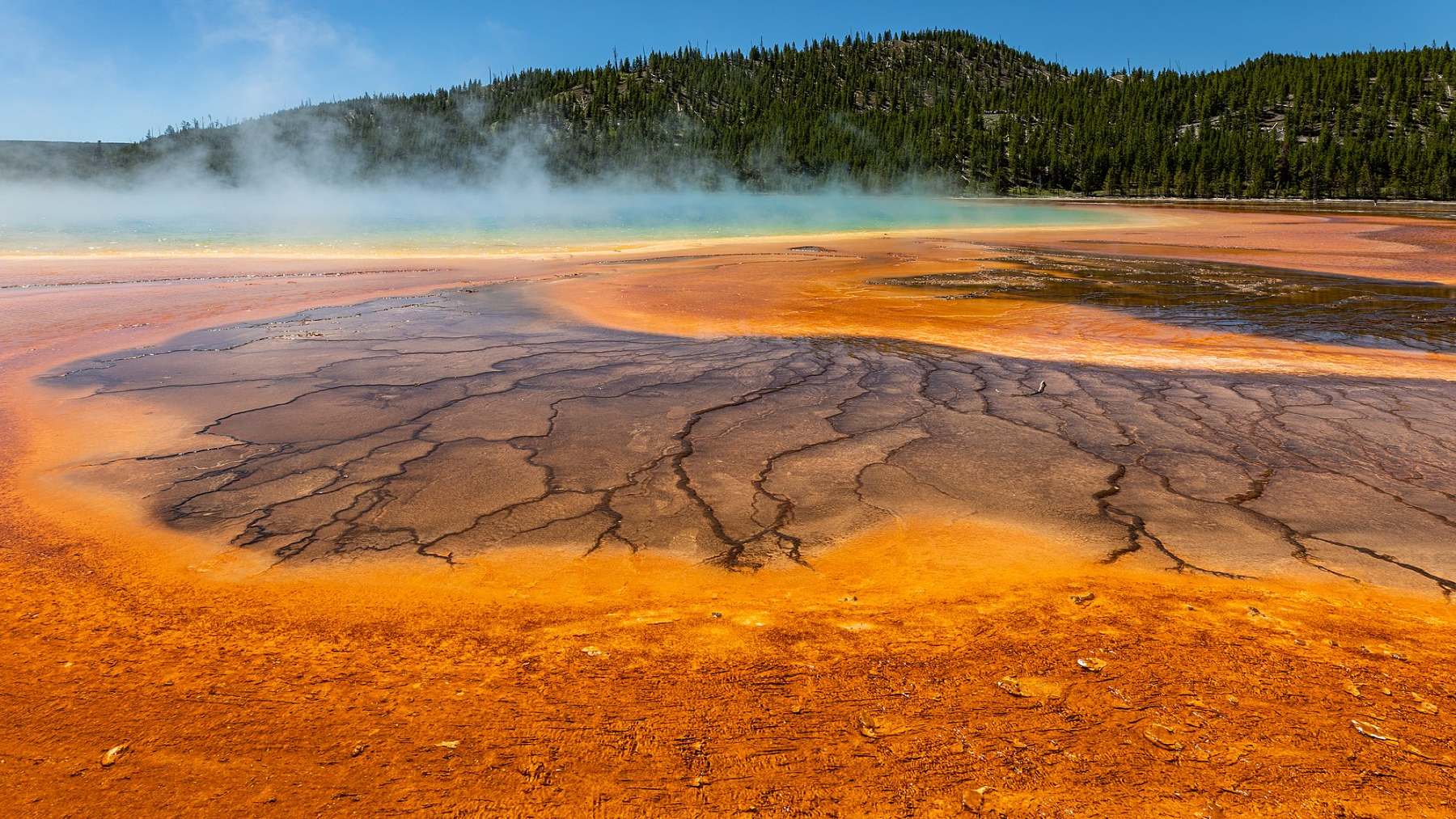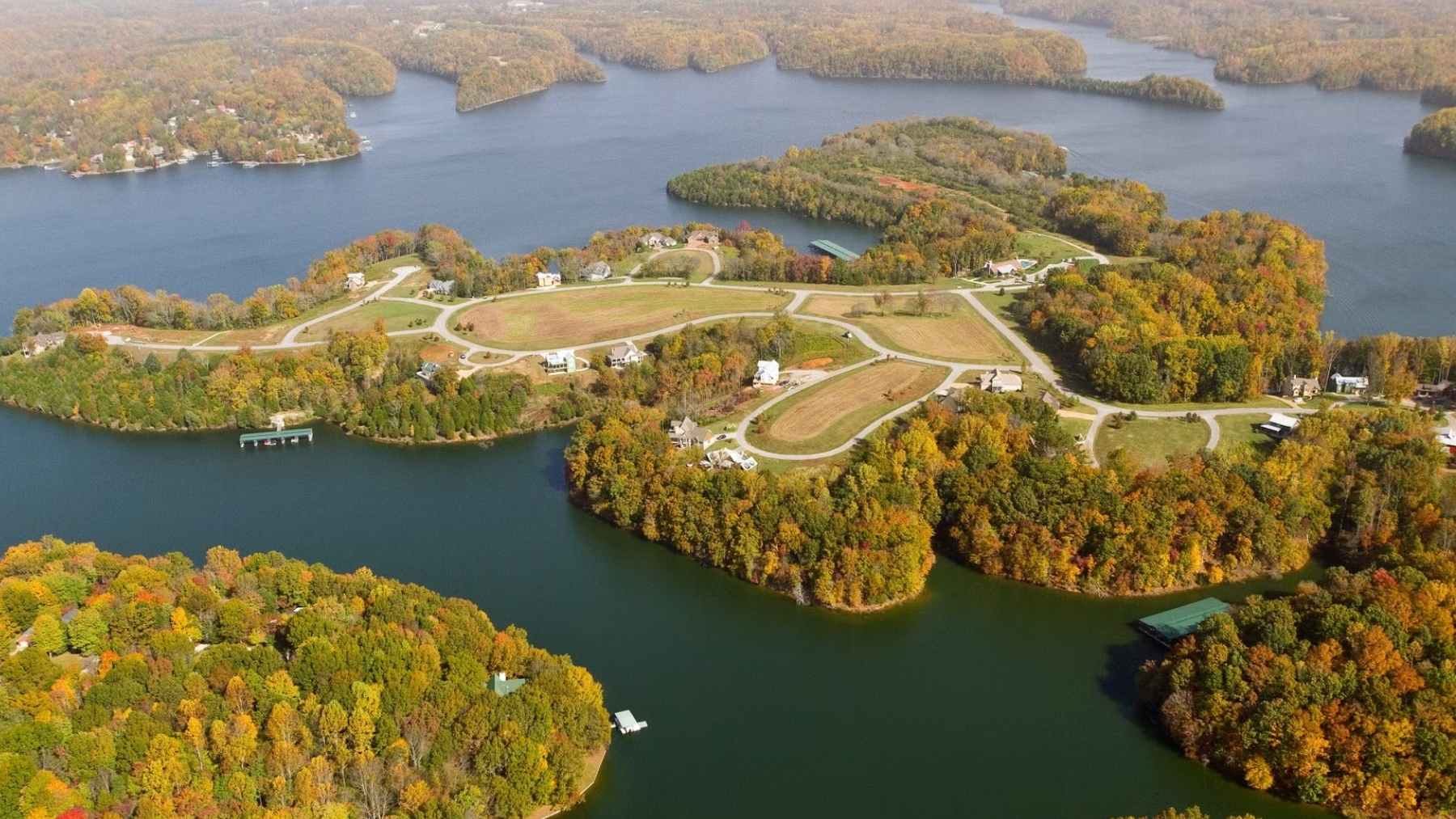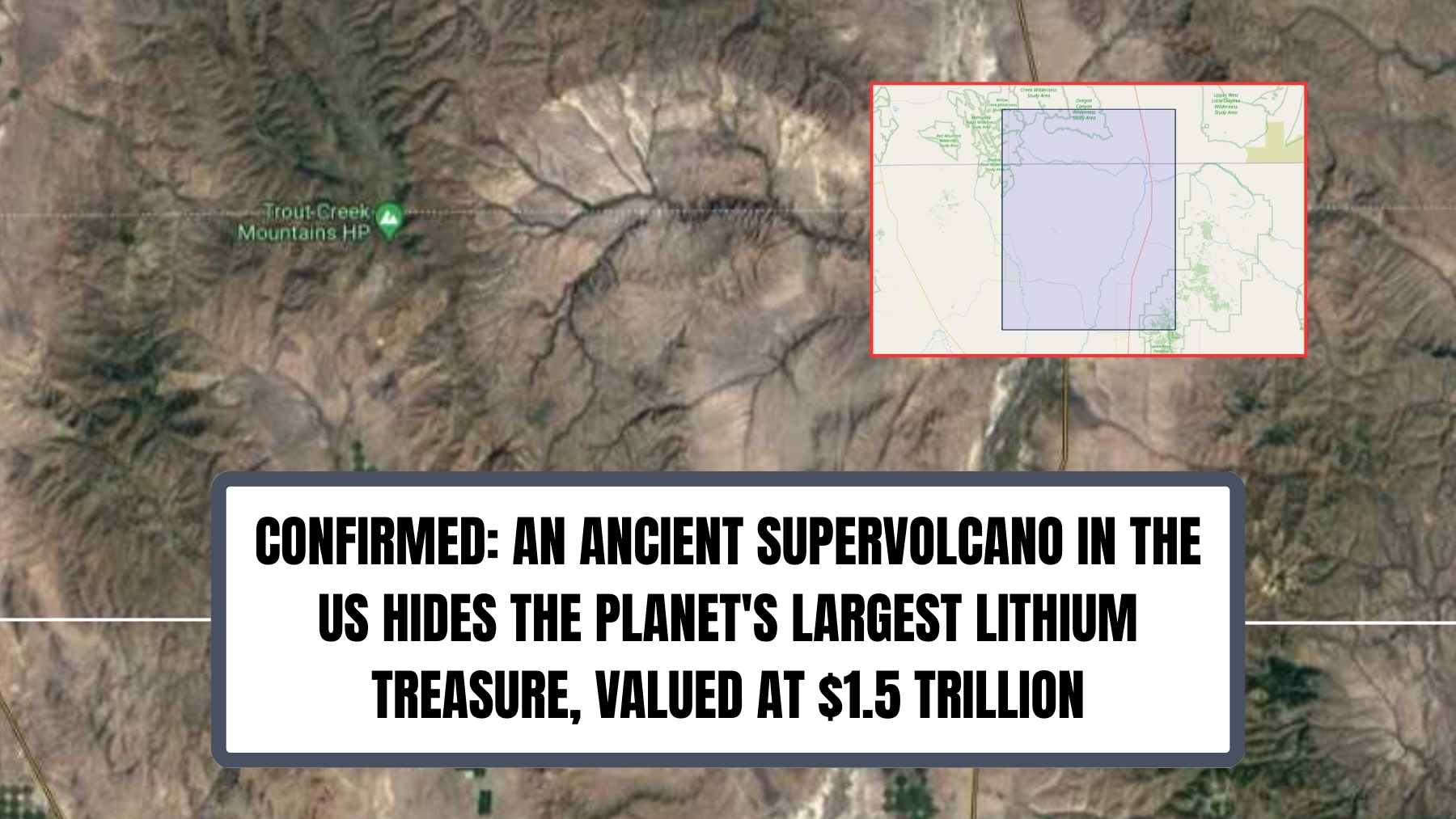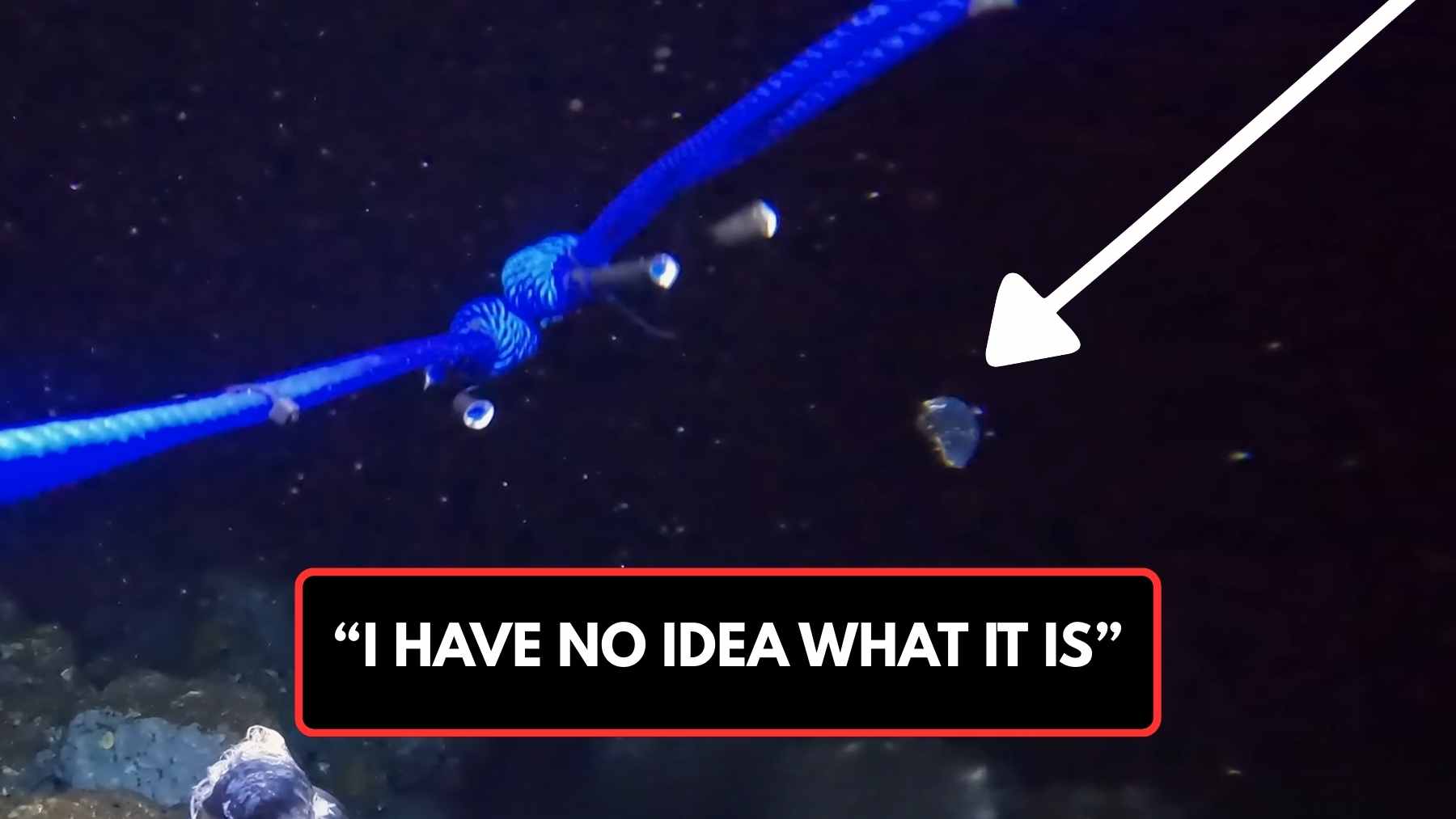Amid the current energy crisis, molten rock could be the solution. Currently, the world is battling a critical energy crisis whereby we sit with a two-fold problem: firstly, the extraction and production of fossil fuels to power our energy needs is causing environmental damage, and secondly, the use of these fossil fuels is being utilized at an unsustainable rate for future generations. To consolidate this, alternative sources of energy are being considered for the sake of the planet’s future as well as to keep up with the growing energy demands of the world.
The expansion of alternative energy solutions
The contemporary world demands extensive energy requirements, thanks to the growth in technological solutions, transportation technology capabilities, digitization and connectivity demands, and the growing advancement in artificial intelligence (AI) solutions. While traditional energy sources, such as coal and oil, have been relied upon for years in order to meet our energy demands, it is becoming a point of urgency that alternative and sustainable sources of energy are located.
Not only are we extracting these resources at an unsustainable rate, but the future of the planet is also in jeopardy, as extracting these resources not only incurs damage to local ecosystems and animal habitats, but these fuels also release harmful carbon emissions, which contribute to climate change damage and global warming.
As a result, industries need to search for alternative sources of energy, with a commitment towards sustainability in the process. In the transportation industry, developers have looked towards the electric engine to provide a solution for phasing out the fossil fuel-reliant internal combustion engine in order to ensure that the industry is able to achieve its carbon-neutrality goals, with the passenger vehicle sector being a champion of this technology. Additionally, more niche alternative engine solutions are emerging, particularly from startups, which are looking to provide alternative engine solutions for transportation technologies that have struggled to incorporate electric engine solutions.
Molten rock as an energy solution?
Amidst the search for sustainable sources of energy, geothermal energy is beginning to emerge as a possible contender. Last year, the Krafla Magma Testbed (KMT) team from Iceland, led by Bjorn Guðmundsson, announced that they intend to begin drilling into the Krafla volcano in order to further investigate and develop the potential for molten rock as an energy source.
“Magma are extremely energetic. They are the heat source that power the hydrothermal systems that leads to geothermal energy. Why not go to the source?” said Yan Lavallée, a professor of magmatic petrology and volcanology at the Ludwigs-Maximillian University in Munich, and who heads KMT’s science committee, to the BBC in October, 2024.
The project intends to begin drilling in 2027 to create a magma observatory where scientists can better understand the behaviour of the molten rock from underground. Once further clarification has been achieved, this knowledge could help scientists to predict the eruption patterns of volcanoes, meaning that we can better harness geothermal energy as an alternative energy source.
The continued development of geothermal energy in the US is a possibility
Despite the potential of this energy source, it comes with significant barriers. The largest challenge we face today regarding harnessing this energy is the unpredictability of volcanic magma patterns. If we can harness the energy produced by molten rock, it has the potential to provide an unlimited source of power, thanks to the extreme energy output it provides.
Another barrier facing scientists in harnessing this geothermal energy from molten rock is that encountering it is rare, as locating magma is a difficult process. Today, it has only been drilled for in Iceland, Kenya, and Hawaii. These developments from Iceland could see American scientists take inspiration and develop similar investigative measures in Hawaii.















